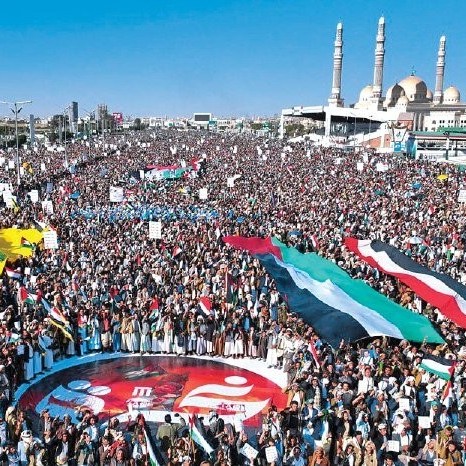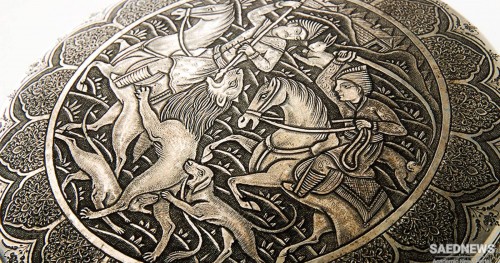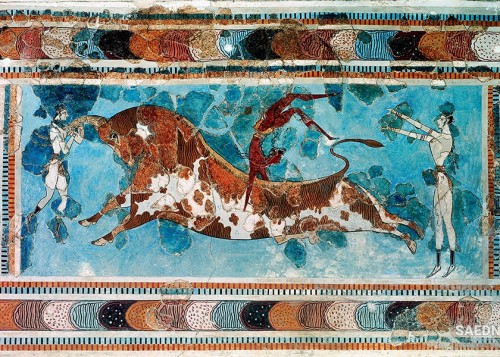The courts of local rulers, which in the course of the 9 th century had emerged in the eastern provinces, attracted all kinds of educated people: secretaries serving in the departments of state, professional men such as physicians and astrologers, and a variety of scholars, literati and, last but not least, poets who were looking for generous patrons. On the opposite side, in the mosques and institutions of religious education, especially the theological schools (madreses) and Sufi hospices (khâneqâhs), the scholarly and the devotional traditions of Islam had been firmly established since the first centuries after the Arab conquest. Nishapur and Balkh in Khorasan and Bukhara and Samarkand in Central Asia had already become famous seats of learning, and eastern Persia also had had its share in the development of Sufism.
Both institutionally and culturally this eastern branch of Islamic civilization copied, more or less faithfully, the examples set by Iraq, the seat of the Abbasid Caliphate. The exclusive use of the Arabic language in writing, with all the scholarly and philological conventions that were attached to it, was one of the most conspicuous features of this dependence. Among state officials and scholars, secular as well as religious, Arabic was the language of choice once Islam was firmly established in Persia and Middle Persian stopped being the language of the Divân or departments of administration. For centuries they stuck to the use of Arabic, especially when they had to express themselves at the highest level of their profession. Up to the Safavid period (16th to 18th centuries), philosophers and religious scholars such as Avicenna (d. 1037), Biruni (d. c. 1050) and Mohammad Ghazâli (d. 1111) only seldom used their native language in writing, except for texts evidently intended for a lay public.
The difference in style and dimension between writing in one or the other of the two languages becomes apparent when the two versions of Ghazâli’s most famous mystical work, the Arabic Ehyâ’ olum al-din (The Revivification of the Religious Sciences) and the Persian Kimiyâ-ye sa’âdat (The Alchemy of Bliss) are compared. Even among poets, the qualification of being “conversant with both languages” (dhu ’l-loghatayn) was regarded as a great distinction. Under the Turkish Ghaznavids, state officials still used citations of Arabic verses to enliven their conversation as it appears from the quotations by their Persian-writing colleague Beyhaqi. In a number of anthologies, such as Yatimat al-dahr by Abu-Mansur Tha’âlebi (961–1038), Dumyat al-qasr by Bâkharzi (d. 1075), and Kharidat al-qasr by Emâd-al-Din of Isfahan (d. 1201) the continuation of the practice of Arabic poetry in eastern Persia and Central Asia is well documented.
Counter examples can also be mentioned. It was a high official of the Samanid rulers, Abu Ali Mohammad Bal’ami, who in 963 began his Persian adaptation of Tabari’s Arabic History, to be followed soon by a translation of the same writer’s commentary on the Qur’an. In the department of correspondence of the Ghaznavid administration, Persian was for the first time adopted as a diplomatic language in letters written to the Turkish rulers in Central Asia.13 However, even when in later centuries the secretaries contributed significantly to the development of Persian prose, they were also responsible for a style overgrown by learned Arabisms, which was the plague of Persian prose writing until about the mid-19th century.
In the realm of learning, the persistant hegemony of Arabic is most noticeable in the core branches of Islamic scholarship such as the Qur’anic sciences, the study of the Prophetic Tradition (hadith), jurisprudence, theology, and Arabic philology. The earliest encroachments of Persian into religious writing occurred among religious minorities, both Islamic such as the Ismailis and the Karrâmis, and non-Islamic, in particular the Persian Jews who very early started to translate the Bible into an archaic form of the New Persian language, written in Hebrew characters, which is known as Judeo-Persian.14 Stories about the lives of the prophets recognized by Islam were also among the earliest topics to be dealt with in Persian. By far the greatest development of religious writings in Persian took place when Sufism grew widespread. The literature in prose written by Persian mystics in their native language is in its quantity, scope, and variety of no less importance than the much better known Sufi poetry in Persian, and is even unique in Islamic culture as a whole.


 The Birth of Persian Language: Text and Context
The Birth of Persian Language: Text and Context














































